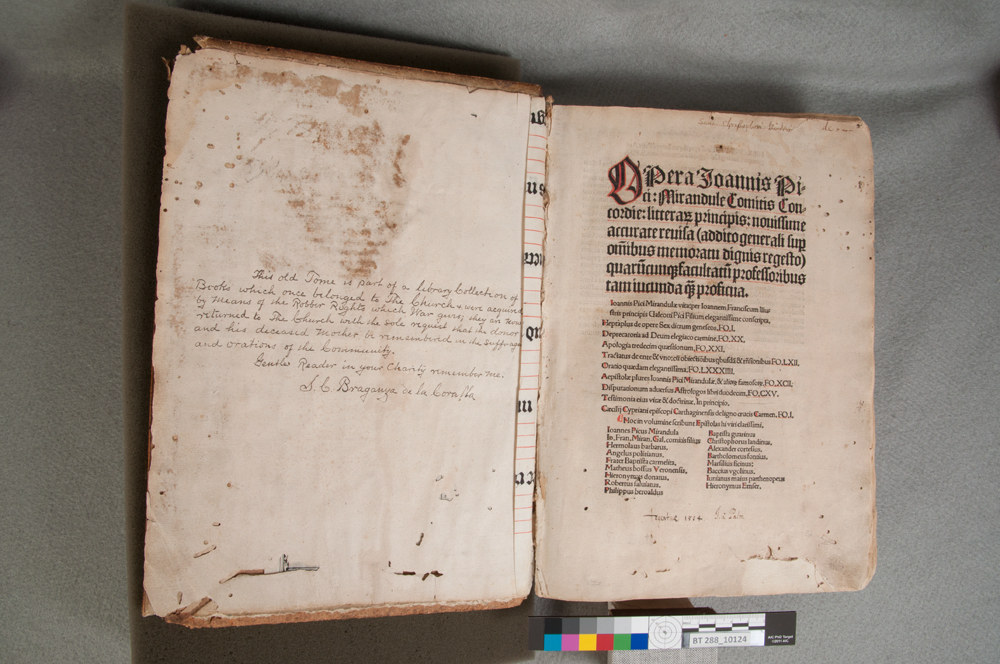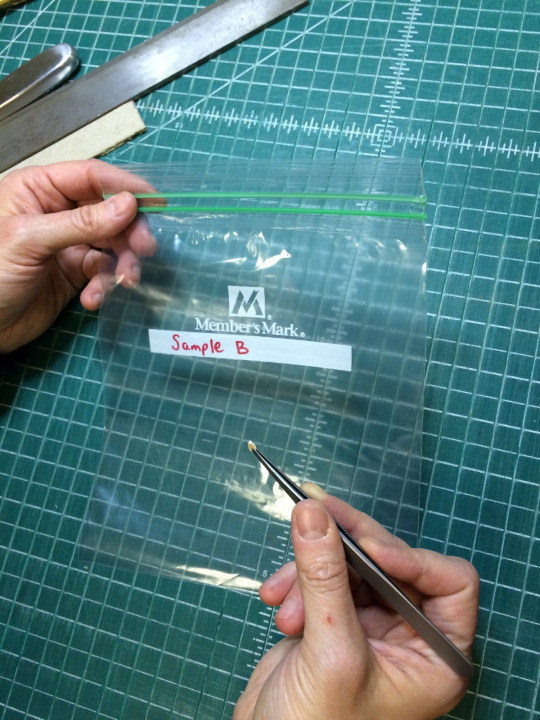
Though it sounds gruesome to us now, books bound in human skin were not uncommon a few centuries ago.
Now University of Notre Dame conservators are awaiting results about whether a book in their collection was made using human skin.
Last year Harvard conservators confirmed a book in their library had an exterior made of human skin after scientists tested the binding, and other surviving books have periodically surfaced.
Though the Notre Dame copy's history is unclear, the book has been a highlight on the library's Special Collections tour for so long that researchers decided to send a sample to the New York City Medical Examiner's office.

Newspaper clippings inside purport that Christopher Columbus once owned the book, which is said to have been bound with the skin of a Moorish chieftain. It may have passed hands after an era of forcible conversions of Muslim inhabitants to Christianity in Granada, Spain.
But other evidence indicates it may have been in the library of a German book collector around the same time, which contradicts the clippings' timeline. Specifically, an inscription on the title page reads "Sum Christophori Binderi" ("Christophorus Binderus' book"), according to a synopsis from staff curator George Rugg. The university speculates it obtained the book around 1916.
To determine whether it's human skin, scientists use a process that identifies the protein fingerprint of the material. Since other proteins can contaminate the book, the potential human skin piece was taken from underneath the pastedown, an inside area which isn't immediately visible and which is readily reparable. "We tried to be as discreet as possible in taking that sample," Sue Donovan, who is currently working on the project as part of a conservation fellowship, told BuzzFeed.

Using human skin to cover books, or anthropodermic binding, peaked in the 19th century and was associated with medical publishing. "The doctors would have dissected the cadavers and then tanned the skins themselves," Donovan said. "They would generally be used for binding books on medical treatises with the idea that if the book concerned medical issues, the binding as well should have something to do with medicine, so they would bind it in human skin."
Authors and scientists willingly donated their bodies after they died, but criminals' corpses were also used to bind texts about law or medicine. France's Reign of Terror also saw a spike in human-skin bindings, particularly those of nobles.

To create the strong covering material typical of the time, it would have gone through a similar treatment as hides in order to make it impermeable and more durable, Donovan said. "It's just animal skin, and if you think about us, we're animal skin, too."
While it's possible the book was bound with malicious intent, the conservators are skeptical that the binding is made of human skin, given the conflicting historical accounts. But it's a great opportunity to resolve this issue and to present what conservators do to a broader audience, Donovan said.
The book is available for viewing in Hesburgh Library's special collections by appointment.
BuzzFeed Science will update this post when Notre Dame conservators receive the protein analysis, so stay tuned!

